
Discover the Vibrant Heart of Creativity: Baltic Triangle
Explore the Baltic Triangle in Liverpool, a hub of creativity and culture, where industrial heritage meets vibrant street art, live music, and culinary delights.
Nestled in the heart of Liverpool, the Baltic Triangle is a dynamic and ever-evolving neighbourhood that has transformed from an industrial hub into a vibrant cultural hotspot. This area is renowned for its unique blend of creativity, history, and innovation, making it a must-visit destination for tourists seeking an authentic and eclectic experience. The Baltic Triangle is home to a myriad of independent businesses, ranging from quirky coffee shops and artisanal bakeries to cutting-edge tech startups and creative studios. Visitors can explore a diverse array of street art and murals that adorn the walls, reflecting the area's artistic spirit and community ethos. The neighbourhood's industrial past is still visible in its architecture, with many warehouses repurposed into trendy bars, music venues, and event spaces. One of the highlights of the Baltic Triangle is its thriving music scene. The area hosts numerous live music events, festivals, and pop-up markets, offering a platform for local and international artists to showcase their talents. The Baltic Market, Liverpool's first street food market, is a culinary delight where tourists can sample a variety of delicious dishes from around the world. Whether you're a foodie, an art enthusiast, or a tech aficionado, the Baltic Triangle has something to captivate your interest.
Local tips in Baltic Triangle
- Visit during the weekend to experience the lively atmosphere of the Baltic Market and local events.
- Wear comfortable shoes as the best way to explore the Baltic Triangle is on foot.
- Check out the street art map available at local cafes to ensure you don't miss any hidden murals.
- Plan your visit around the district's many music festivals and art exhibitions for a more immersive experience.
- Take a guided tour to learn about the history and transformation of the Baltic Triangle from locals.
Discover the Vibrant Heart of Creativity: Baltic Triangle
Nestled in the heart of Liverpool, the Baltic Triangle is a dynamic and ever-evolving neighbourhood that has transformed from an industrial hub into a vibrant cultural hotspot. This area is renowned for its unique blend of creativity, history, and innovation, making it a must-visit destination for tourists seeking an authentic and eclectic experience. The Baltic Triangle is home to a myriad of independent businesses, ranging from quirky coffee shops and artisanal bakeries to cutting-edge tech startups and creative studios. Visitors can explore a diverse array of street art and murals that adorn the walls, reflecting the area's artistic spirit and community ethos. The neighbourhood's industrial past is still visible in its architecture, with many warehouses repurposed into trendy bars, music venues, and event spaces. One of the highlights of the Baltic Triangle is its thriving music scene. The area hosts numerous live music events, festivals, and pop-up markets, offering a platform for local and international artists to showcase their talents. The Baltic Market, Liverpool's first street food market, is a culinary delight where tourists can sample a variety of delicious dishes from around the world. Whether you're a foodie, an art enthusiast, or a tech aficionado, the Baltic Triangle has something to captivate your interest.
Iconic landmarks you can’t miss
Royal Albert Dock Liverpool
Discover the Royal Albert Dock in Liverpool, a UNESCO World Heritage site featuring stunning architecture, rich history, and vibrant cultural attractions by the waterfront.
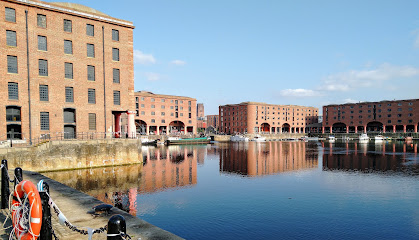
Baltic Market
Discover the vibrant culinary scene at Baltic Market, Liverpool's premier food court featuring a diverse array of delicious street food and local brews.
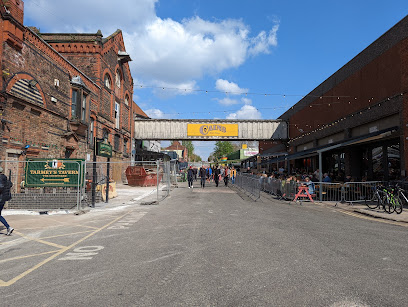
St Luke’s Bombed Out Church
Discover the haunting beauty and cultural vibrancy of St Luke's Bombed Out Church, a historical landmark in the heart of Liverpool.
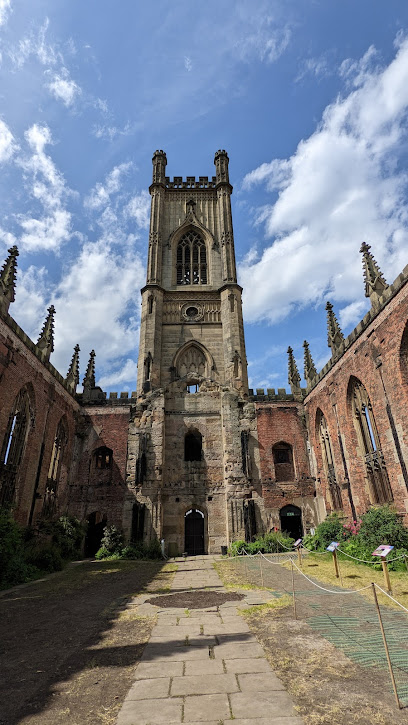
Wheel Of Liverpool
Discover the breathtaking views of Liverpool from the iconic Wheel of Liverpool, a must-visit tourist attraction that offers unforgettable skyline panoramas.
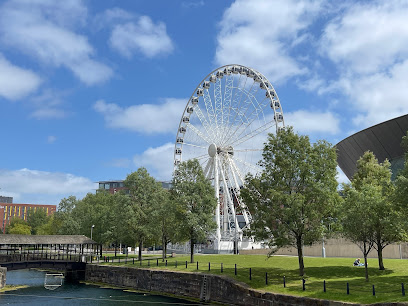
Williamson Tunnels Heritage Centre
Explore Liverpool's hidden underground marvels at the Williamson Tunnels Heritage Centre, a fascinating historical museum and charity site.
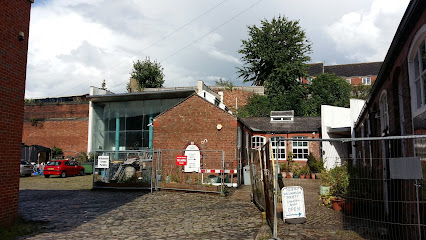
Royal Liver Building
Explore the Royal Liver Building, a stunning heritage landmark in Liverpool showcasing the city's rich maritime history and breathtaking waterfront views.
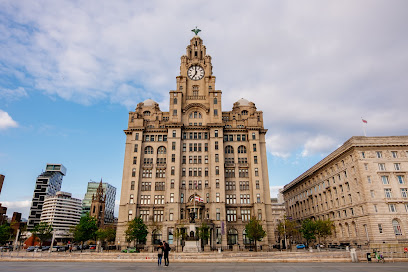
For All Liverpool's Liver Birds (Wings) by Paul Curtis
Explore the vibrant tribute to Liverpool's beloved Liver Birds and immerse yourself in the city's rich artistic and cultural heritage.
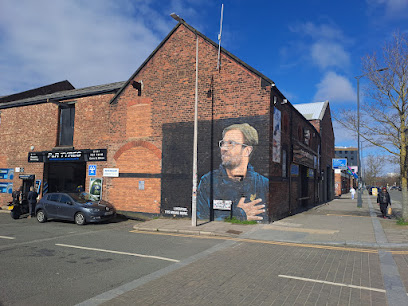
Cilla Black
Explore the Cilla Black sculpture on Mathew Street, a vibrant tribute to Liverpool's musical heritage and cultural icon.

Evolution of Man Mural by Paul Curtis
Explore the Evolution of Man Mural by Paul Curtis in Liverpool, a captivating artistic journey through humanity's history and evolution.
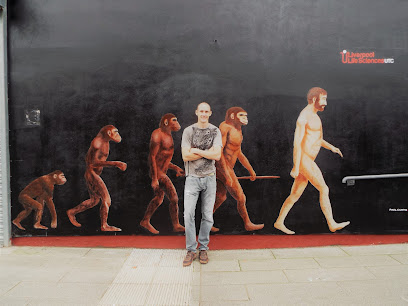
Essential places to dine
Miller & Carter Albert Dock
Experience top-tier steak dining at Miller & Carter Albert Dock – where flavor meets waterfront charm in Liverpool.
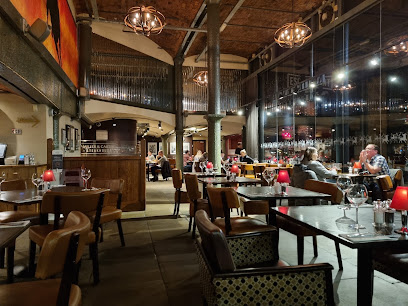
Alma De Cuba
Discover the rich flavors of Cuba at Alma De Cuba - Liverpool's premier destination for authentic cuisine and vibrant nightlife.

Albert's Schenke
Experience authentic German flavors in the heart of Liverpool at Albert's Schenke - where delicious cuisine meets vibrant atmosphere.
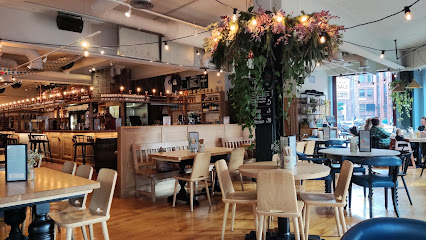
Camp and Furnace
Discover Camp and Furnace in Liverpool: A unique blend of dining excellence, lively events, and unforgettable experiences await you.

Manifest Restaurant
Discover the flavors of Liverpool at Manifest Restaurant – where local ingredients meet innovative culinary artistry.

Zero Seven One Bar & Base
Discover the vibrant culinary scene at Zero Seven One Bar & Base in Liverpool - where delicious food meets lively atmosphere.

Golden Dragon
Experience authentic Chinese flavors at Golden Dragon in Liverpool – where every dish tells a story.
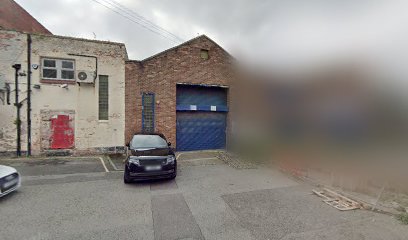
Restaurants Liverpool
Discover authentic Italian flavors in Liverpool's lively dining scene with exquisite dishes crafted from fresh ingredients.
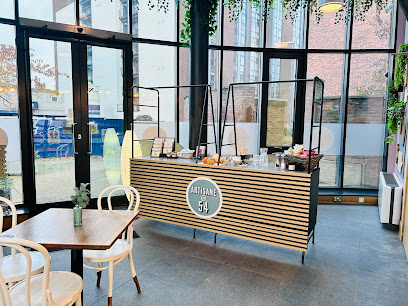
MumsKitchen Liverpool
Savor the essence of Liverpool at MumsKitchen—where fresh ingredients meet flavorful takeaway meals.
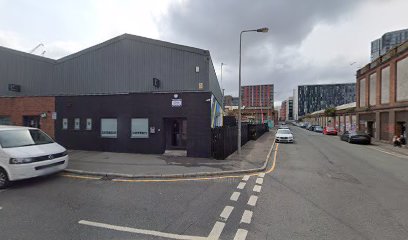
FATBACK
Discover FATBACK in Liverpool for mouthwatering gourmet hamburgers crafted from fresh ingredients in a vibrant waterfront setting.
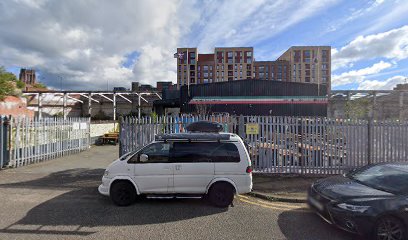
Markets, malls and hidden boutiques
Menkind
Explore Menkind in Liverpool for unique gifts and toys that bring joy and creativity to all ages.

Utility
Discover Liverpool's unique gifts at Utility Gift Shop, featuring local crafts, quirky souvenirs, and a treasure trove of creative finds.
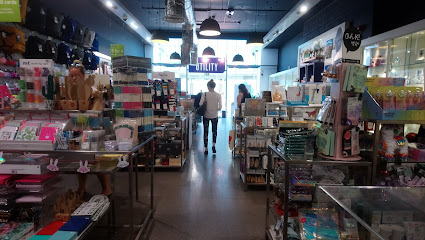
The Liverpool Gift Shop
Discover unique souvenirs and local treasures that embody the spirit of Liverpool at The Liverpool Gift Shop.
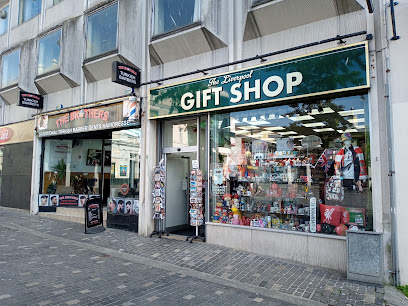
Pop Boutique
Discover unique vintage clothing and accessories at Pop Boutique, Liverpool's charming destination for retro fashion enthusiasts.

With Love From Liverpool
Explore Liverpool's vibrant culture with unique souvenirs and local crafts at With Love From Liverpool, your perfect shopping destination.
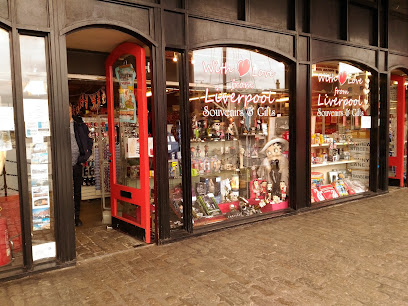
Unique Fashion Boutique
Explore Unique Fashion Boutique in Liverpool for exclusive ladies' clothing and chic accessories – a fashion lover's paradise awaits!
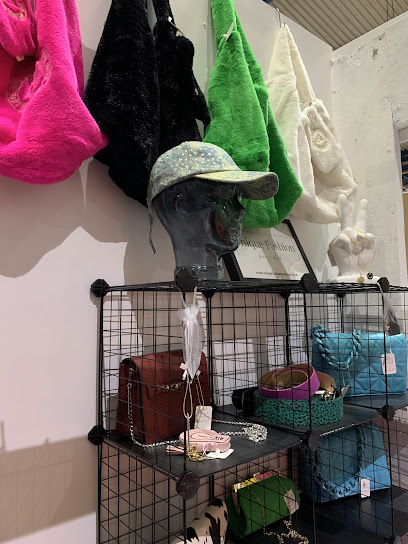
Gift Insanity
Explore Gift Insanity in Liverpool for a whimsical shopping adventure filled with unique gifts and charming greeting cards that capture the city's essence.

The Liverpool Crystal Shop
Explore The Liverpool Crystal Shop for enchanting crystals and unique gifts in the heart of Red Brick Market, Liverpool.
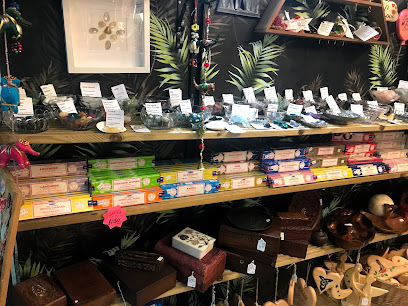
Cool Britannia
Explore the essence of British culture at Cool Britannia, Liverpool's premier gift shop for unique souvenirs and memorabilia.
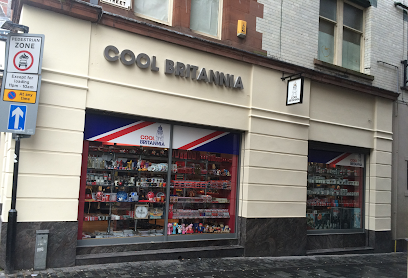
Ingraved Alternative Gift Store
Explore Ingraved Alternative Gift Store – Liverpool’s gem for personalized gifts and unique treasures that capture the spirit of your visit.
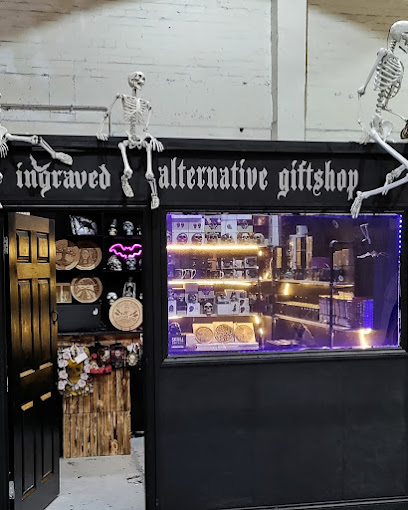
Essential bars & hidden hideouts
Baltic Fleet
Discover the Baltic Fleet, a historic pub in Liverpool, offering local brews, hearty fare, and a scenic waterfront view for an unforgettable experience.
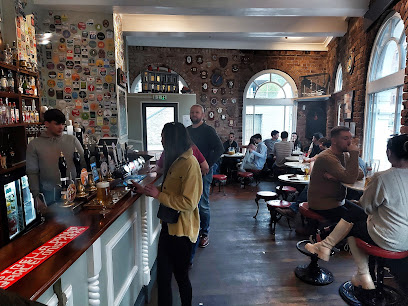
Camp and Furnace
Experience the heart of Liverpool at Camp and Furnace, where dining, drinks, and entertainment collide in a unique cultural venue.
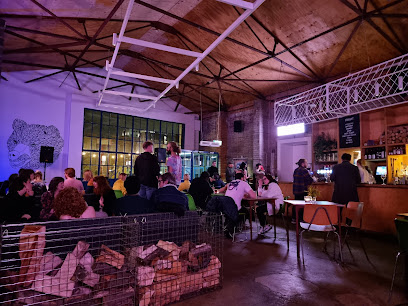
Hobo Kiosk
Experience the unique charm of Hobo Kiosk, a local pub in Liverpool offering a cozy atmosphere and delightful drinks.

Botanical Garden
Explore the lush beauty of the Botanical Garden in Liverpool, an urban oasis perfect for nature lovers seeking tranquility and inspiration.
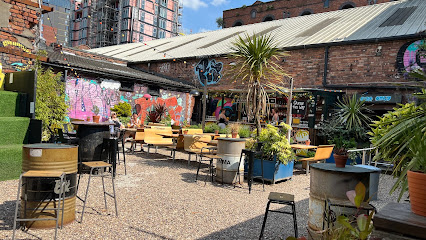
Love Lane Brewery, Bar and Kitchen
Discover the heart of Liverpool's brewing scene at Love Lane Brewery, where craft beers meet delicious food in a lively atmosphere.
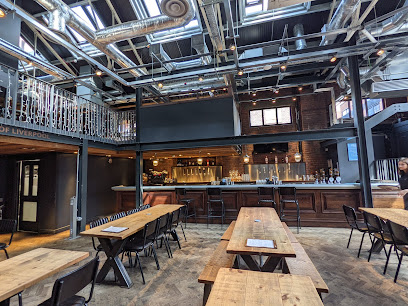
Arts Bar Baltic
Discover the vibrant Arts Bar Baltic in Liverpool, a creative bar and cafe offering local art, live music, and a relaxing atmosphere.
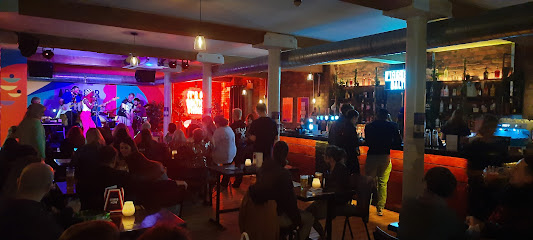
The Tank Room
Discover the vibrant atmosphere of The Tank Room in Cains Brewery Village, Liverpool, where craft beers and live music create unforgettable nights.

Sub Rosa
Discover Sub Rosa, a stylish bar in Liverpool offering exquisite cocktails and a unique atmosphere for tourists and locals alike.
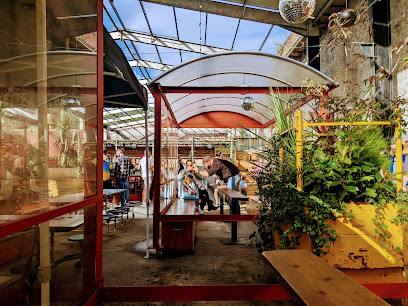
The Duck and Swagger
Experience the essence of Liverpool at The Duck and Swagger, a vibrant pub offering local ales, delicious food, and a welcoming atmosphere.
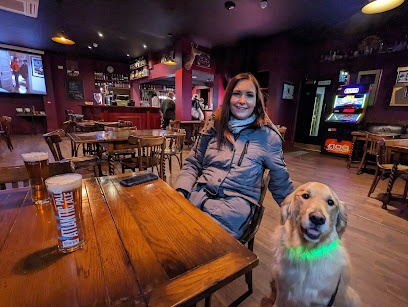
Yard
Experience the vibrant nightlife of Liverpool at Yard, a stylish bar offering exquisite drinks and a lively atmosphere.
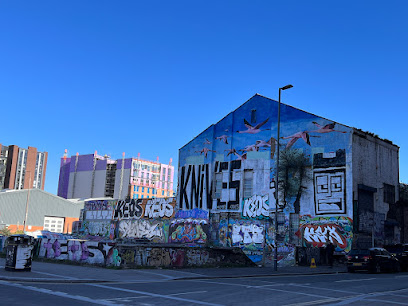
Local Phrases
-
- HelloAlright
[al-rite] - GoodbyeTa-ra
[ta-ra] - YesAye
[aye] - NoNah
[nah] - Please/You're welcomeTa
[ta] - Thank youCheers
[cheers] - Excuse me/SorrySorry mate
[sor-ree mayt] - How are you?Alright mate?
[al-rite mayt] - Fine. And you?Sound. You?
[sow-nd. yoo] - Do you speak English?Ya speak English?
[ya speek Ing-glish] - I don't understandNah, I'm lost
[nah, aym lost]
- HelloAlright
-
- I'd like to see the menu, pleaseCan I see the list, mate?
[kan aye see the list, mayt] - I don't eat meatI'm veggie, mate
[aym ved-gie, mayt] - Cheers!Bottoms up!
[bot-ums up] - I would like to pay, pleaseCan I settle up, mate?
[kan aye set-ul up, mayt]
- I'd like to see the menu, pleaseCan I see the list, mate?
-
- Help!I need a hand!
[ay need a hand] - Go away!Get lost!
[get lost] - Call the Police!Ring the bizzies!
[ring the biz-zees] - Call a doctor!Get the doc!
[get the doc] - I'm lostI'm baffled
[aym baff-led] - I'm illI'm poorly
[aym por-lee]
- Help!I need a hand!
-
- I'd like to buy...I wanna grab...
[ay wanna grab] - I'm just lookingJust browsing, mate
[just brow-zing, mayt] - How much is it?How much for this?
[how much for this] - That's too expensiveBit steep, that
[bit steep, that] - Can you lower the price?Can you do us a deal?
[kan yoo do us a deal]
- I'd like to buy...I wanna grab...
-
- What time is it?What's the time, mate?
[whats the time, mayt] - It's one o'clockIt's one on the nose
[its one on the noze] - Half past (10)Ten thirty
[ten thur-tee] - MorningMornin'
[morn-in] - AfternoonArvo
[ar-vo] - EveningEvenin'
[even-in] - YesterdayYest'day
[yest-day] - TodayToday
[today] - TomorrowT'morra
[t-mor-ra] - 1One
[wun] - 2Two
[too] - 3Three
[three] - 4Four
[four] - 5Five
[fiv] - 6Six
[siks] - 7Seven
[sev-en] - 8Eight
[ayt] - 9Nine
[nyn] - 10Ten
[ten]
- What time is it?What's the time, mate?
-
- Where's a/the...?Where's the...?
[wheres the] - What's the address?Where's the gaff?
[wheres the gaf] - Can you show me (on the map)?Can you point me the way?
[kan yoo point me the way] - When's the next (bus)?When's the next bus, mate?
[whens the next bus, mayt] - A ticket (to ....)A bus pass (to ...)
[a bus pass to]
- Where's a/the...?Where's the...?
History of Baltic Triangle
-
The Baltic Triangle emerged as a distinct area in Liverpool during the early 19th century, largely due to the expansion of the port. Named after the Baltic trade routes, it became a hub for shipping and commerce, facilitating the city's growth as a major maritime center. The area was characterized by its warehouses, docks, and industrial buildings, which played a crucial role in the import and export of goods.
-
During the Industrial Revolution, the Baltic Triangle thrived as a center for shipbuilding and maritime trade. The construction of the nearby docks and warehouses allowed for the efficient transport of goods, including cotton and tobacco. This period saw an influx of workers and immigrants, contributing to the area’s diverse cultural landscape and helping Liverpool to become one of the world's leading ports.
-
The latter half of the 20th century brought economic decline to the Baltic Triangle, as the shipping industry faced competition from containerization and other modern methods of transport. Many of the warehouses fell into disrepair. However, in the early 21st century, initiatives for urban regeneration began to take shape, leading to the revitalization of the area. The Baltic Triangle gradually transformed into a creative and cultural hub, attracting artists, entrepreneurs, and tech startups.
-
Today, the Baltic Triangle is renowned for its vibrant cultural scene, hosting art galleries, music venues, and independent businesses. The area is home to the Baltic Centre for Contemporary Art and numerous festivals celebrating local culture. This transformation has solidified its status as a key area for innovation and creativity within Liverpool, contributing to the city’s overall cultural identity.
-
In recent years, the Baltic Triangle has embraced sustainability and community-oriented initiatives. The area has seen the growth of community gardens, local food markets, and eco-friendly businesses. These efforts reflect a broader trend in Liverpool towards sustainability, making the Baltic Triangle not only a center of culture but also a model for urban living and environmental responsibility.
Baltic Triangle Essentials
-
The Baltic Triangle is conveniently located just south of Liverpool city centre. You can easily reach it by walking from the city centre, which takes about 15-20 minutes. Alternatively, you can take a bus; several routes (such as the 26 and 17) stop near the area. If you're arriving by train, the nearest train stations are Liverpool Central and Liverpool Lime Street, both of which are a short taxi ride away or approximately a 20-minute walk.
-
The Baltic Triangle is compact and best explored on foot or by bicycle. You can rent bikes from local hire shops or use bike-sharing services available in Liverpool. Public transport options include buses, which are frequent and connect to the wider city. Taxis and ride-hailing services like Uber are also available for more convenient travel within the area.
-
The Baltic Triangle is generally safe for tourists, but standard precautions should be taken. Avoid walking alone at night in poorly lit areas and keep your belongings secure, especially in crowded venues. While the area is mostly safe, areas surrounding the city centre may have higher crime rates, so it is advisable to stay alert and aware of your surroundings.
-
In case of an emergency, dial 999 for police, fire, or medical assistance. The nearest hospital is the Royal Liverpool University Hospital. It is recommended to carry a mobile phone with emergency numbers saved. For minor health issues, local pharmacies can provide over-the-counter medications.
-
Fashion: Do dress comfortably and casually for exploring the area; many venues have a relaxed dress code. Don't wear overly revealing clothing when visiting religious sites. Religion: Do respect local customs and be mindful of any events taking place. Public Transport: Do be courteous to other passengers. Don't eat or drink on public transport. Greetings: Do greet locals with a smile and a friendly 'hello.' Eating & Drinking: Do try local craft beers and street food vendors. Don't refuse food offerings, as it may be considered impolite.
-
To experience the Baltic Triangle like a local, visit the numerous independent coffee shops and restaurants that showcase local cuisine. Explore the area's street art, which tells the story of the community's evolution. Attend local events and markets, such as the Baltic Market, for a vibrant atmosphere and a taste of local culture. Engaging with local artists and business owners can provide deeper insights into the history and community spirit of the area.
Nearby Cities to Baltic Triangle
-
Things To Do in Chester
-
Things To Do in Manchester
-
Things To Do in Sheffield
-
Things To Do in Leeds
-
Things To Do in Birmingham
-
Things To Do in Douglas
-
Things To Do in Onchan
-
Things To Do in Nottingham
-
Things To Do in Laxey
-
Things To Do in Castletown
-
Things To Do in Ballasalla
-
Things To Do in Port St Mary
-
Things To Do in Ramsey
-
Things To Do in Port Erin
-
Things To Do in York











